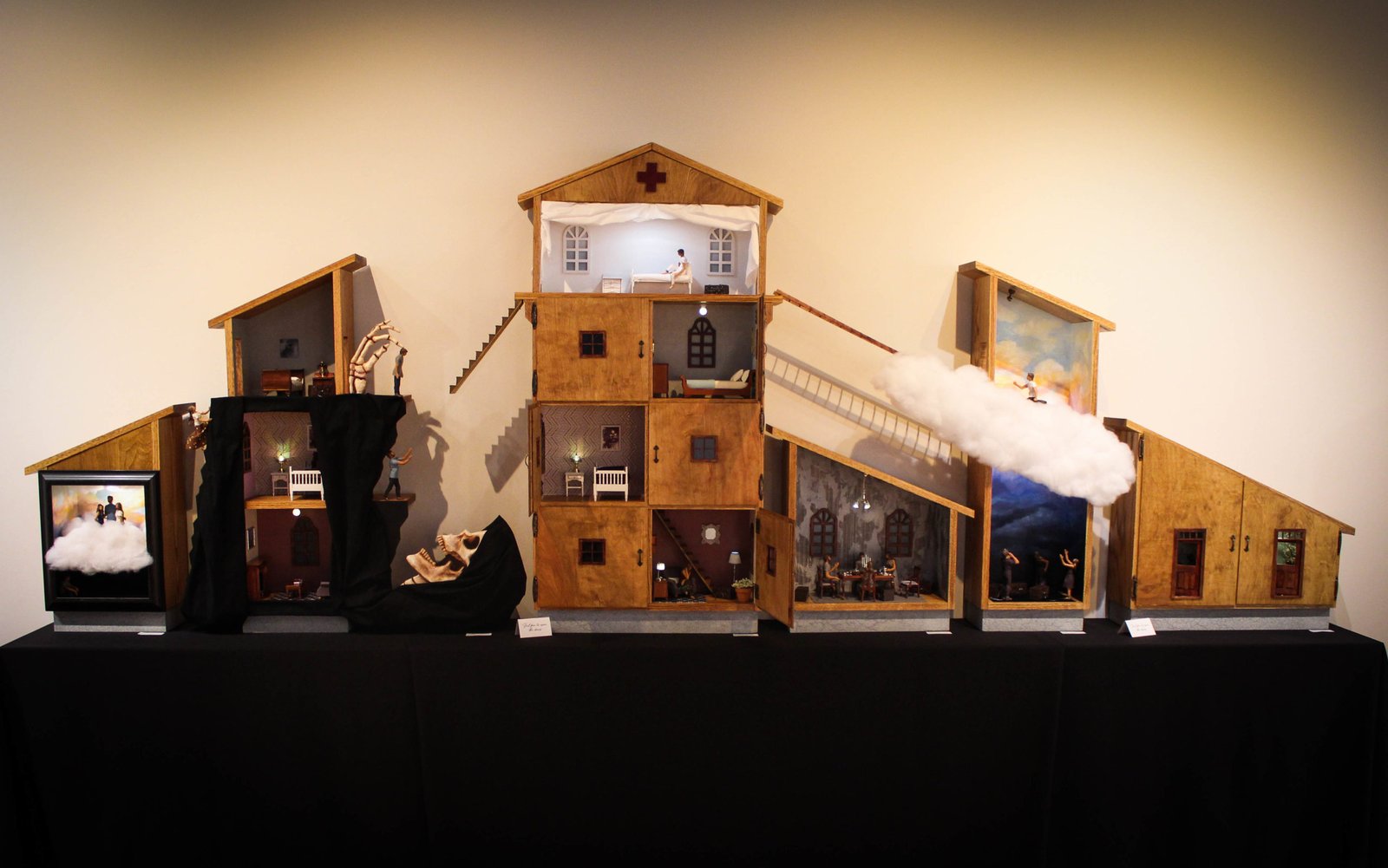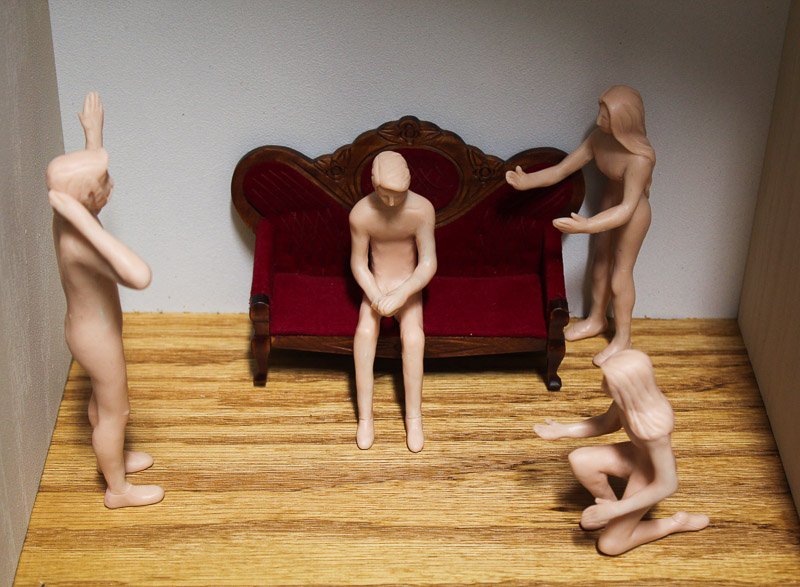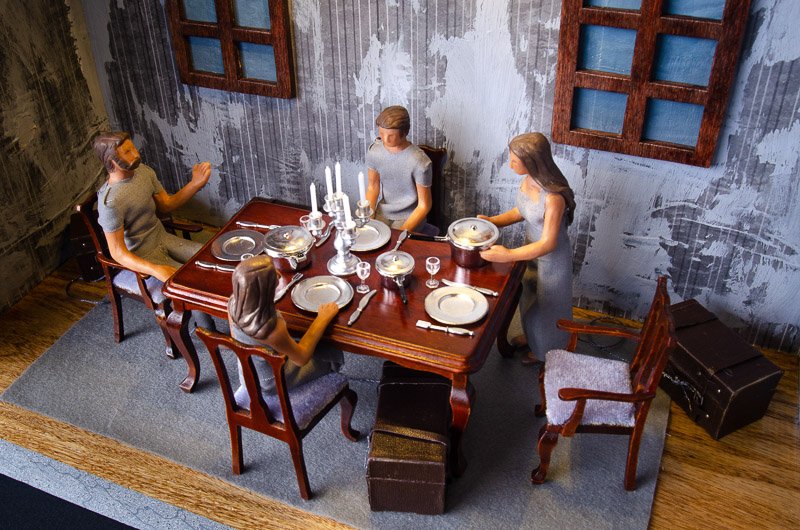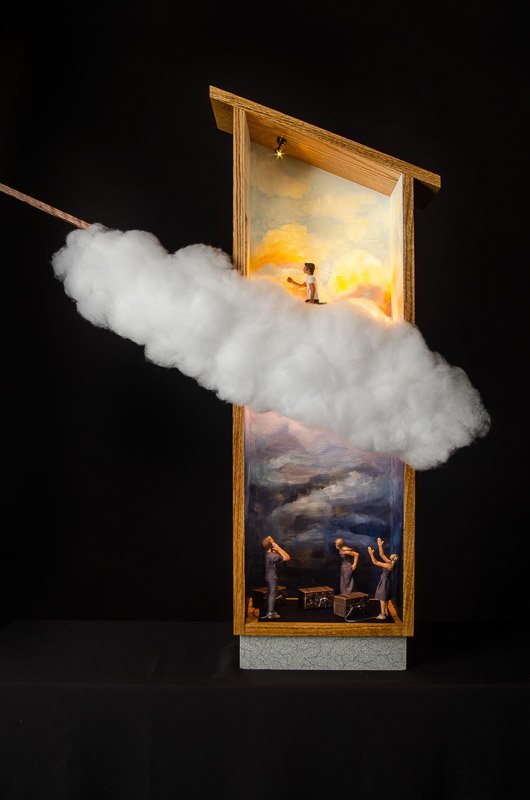The Spark of Recovery
Artistic Methods that Generate Dialogue and Reduce Stigma in Families Affected by Mood Disorders
ABSTRACT
Mood disorders such as major depression and bipolar disorder negatively affect family dynamics, often resulting in trauma, antipathy, mistrust, and the breakdown in communication between the individual suffering from mood disorder and members of his or her family. The impact of mood disorder on family members impedes recovery for the person suffering from the disorder as well as the health and well-being of the family as a whole. Even emotionally healthy families suffer from the subsequent pain, trauma, isolation, and stigma.
The project proposes a solution to broken or inhibited family communication: the engagement of all family members in healing conversation in response to their experience with interactive mixed media art.
The expected outcome is that families will begin to communicate more effectively as the result of an increased understanding of differing perspectives and emotions, and a recognition of the value of giving and receiving social support to motivate methods of recovery. An additional anticipated outcome is the reduction of societal stigma against people who face the challenges of mood disorders and other mental illnesses.
The journey to recovery and release from stigma requires a group effort by the affected individual and all family members and those working with them. Difficult decisions are made together to communicate well with one another, cope successfully, take medication, participate in psychotherapy, increase mental health literacy, promote positive attitudes towards mental health, and fight discrimination. In the process, health, hope and trust may be built and sustained.
THESIS DOWNLOAD
VISUAL PROCESS
When my brother was diagnosed with a severe mental illness almost a decade ago, he became my most significant inspiration. Mental illness came as a shock to my family, for we had no concept of what clinical depression and manic episodes meant. We had to struggle through loss, grief, medication, stigma, psychiatrists, and acceptance of the fact that our lives would never be the same. To this day, we still wrestle with this. We know that my brother will always be at risk of becoming ill again, and that is a heavy burden to bear.
As a result, it is my personal connection to and experience with mental illness within my own family that is the root of this project. Using a wide range of materials that pushed me outside of my comfort zone, such as oak wood, stain, paper, felt, crackle paste, faux flowers, masking fluid, mod podge, and Vaseline, my story finally came out of the darkness and into the light. My hope is that it will do the same for you.
FINAL VISUAL SOLUTION






























